Table of Contents:
The Role of AI in Education
Case Studies of AI in Education
Challenges of AI in Education
The Future of AI in Education
Don’t we all wish to get a tutor who could help and guide us at our own pace for as long as he never tired? What if every classroom had something similar? Sounds futuristic, right? Well, thanks to Artificial Intelligence (AI), this future has just arrived. According to the source, educators save 20% of their time by automating grading and lesson planning. Artificial Intelligence is sharpening the weapon, making education more accessible, personal, and effective than ever.
But how has AI transformed classrooms, changed learning methods, and affected educational institutions? Dive with us into this and discover how AI continues to transform the educational future, one algorithm at a time.
The Role of AI in Education: Transforming the Learning Landscape
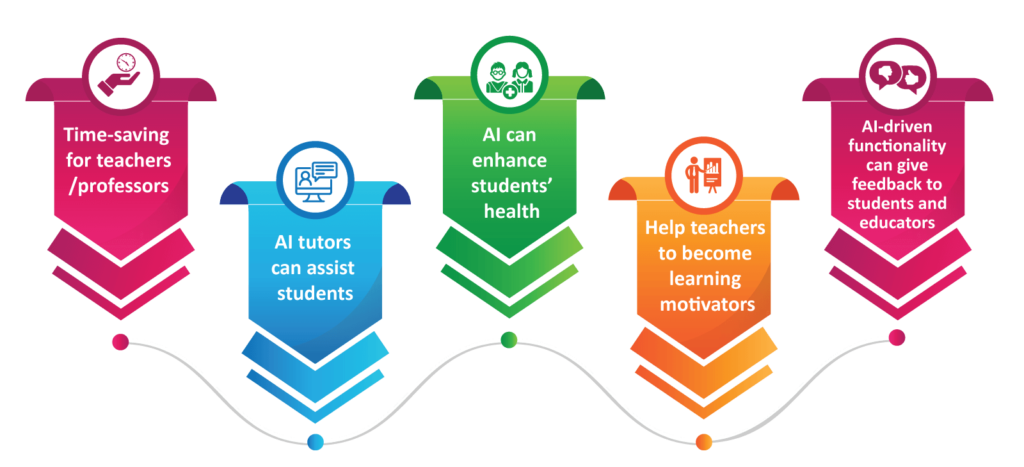
Picture Courtesy: aits-tpt.edu.in
Artificial Intelligence (AI) is no longer a concept that is confined to science fiction cinemas, it is transforming the way we learn and teach. In education, AI is important in breaking down existing traditional walls, establishing inclusivity, and setting up dynamic learning environments for each individual.
What is the role of AI in education and why is it so revolutionary? Let’s find out:
1. Personalized Learning: One Size Doesn’t Fit All
Have you ever sat in a classroom and felt the lesson speed was either too slow or too fast to fit you? This can be remedied by finding out that technology will adapt the learning experience for each student.
Adaptive Learning Platforms: DreamBox and Coursera include AI algorithms that reformulate content with students’ progress and understanding.
Customized Feedback: AI offers instant feedback, to ensure students have understood concepts, before moving further.
Think about it: Wouldn’t you love having a learning companion who adapts to your pace?
2. Smart Content: Learning Beyond Textbooks
Textbook days have gone with the time. AI brings dynamic and interactive content actually to students:
Digital Lessons: AI-Powered Platforms presents lessons through incorporating highly engaging video lessons using quizzes and simulations.
Content Creation: AI could build quizzes, assignments, and even curriculum plans within several minutes.
Quick Tip: Next time you can use an AI learning tool while stuck on a topic and take a look at the concept in action!
3. Virtual Tutors: Education Anytime, Anywhere
Who said you need to be in the classroom to learn? With the advent of AI virtual tutors, education is made available to all.
24/7 Availability: There are many platforms, including Carnegie Learning, that provide on-demand tutoring.
Cost Effective: Virtual tutors save costs on hiring personal tutors.
Question for You: Would you prefer a virtual tutor who’s always available or a human tutor with limited time? Comment below!
4. Automating Administrative Tasks: Let Teachers Teach
Ask any Teacher if they consume a much time in grading and cleaning works. Yes, AI is here to help.
Automatic Grading: AI is able to grant the students the marks they receive for answering any type of question multiple-choice or essay.
Streamlined Communication: Answers by chatbots lessen the burden on administrators by allowing students to ask questions without raising their heads.
Fun Fact: Teachers save on average 13 hours per week using AI for grading!
5. Breaking the barriers of AI:
AI is making education inclusive by addressing barriers like language and accessibility:
Language Translation: Duolingo and Google Translate provide for students to be educated in their local language.
Accessibility Features: AI-enabled speech-to-text and screen readers enable persons with inputs to be used for the disabled.
Challenge: How will you answer this question? Do you think AI can bridge the digital divide in such areas?
6. Data-Driven Insights:
Artificial Intelligence is not only made more compelling but helps institutions, as well as educators, make decisions concerning themselves.
Analytics: AI instruments will watch student progress, flagging areas where improvements within learning have to be made.
Benefits: Strategies can be tailored by educators to help struggling students or provide more enhanced curriculum for advanced students.
7. Promoting Lifelong Learning:
AI’s impact isn’t limited to schools or universities—it extends to professional development and skill-building.
Applications: Platforms like LinkedIn Learning and Coursera offer AI-curated courses that align with career goals.
Outcome: Individuals can learn at their own pace, acquiring new skills to stay relevant in evolving industries.
8. Democratizing Education:
AI’s most powerful role is making this excellent education accessible to everyone clearly, irrespective of location or socio-economic strata.
Initiatives: AI-driven applications and World Wide Web portals are able to help students get high-quality education outside big cities or from less privileged areas.
Impact: This democratization will be effective in closing the gap in education within the world, one student at a time.
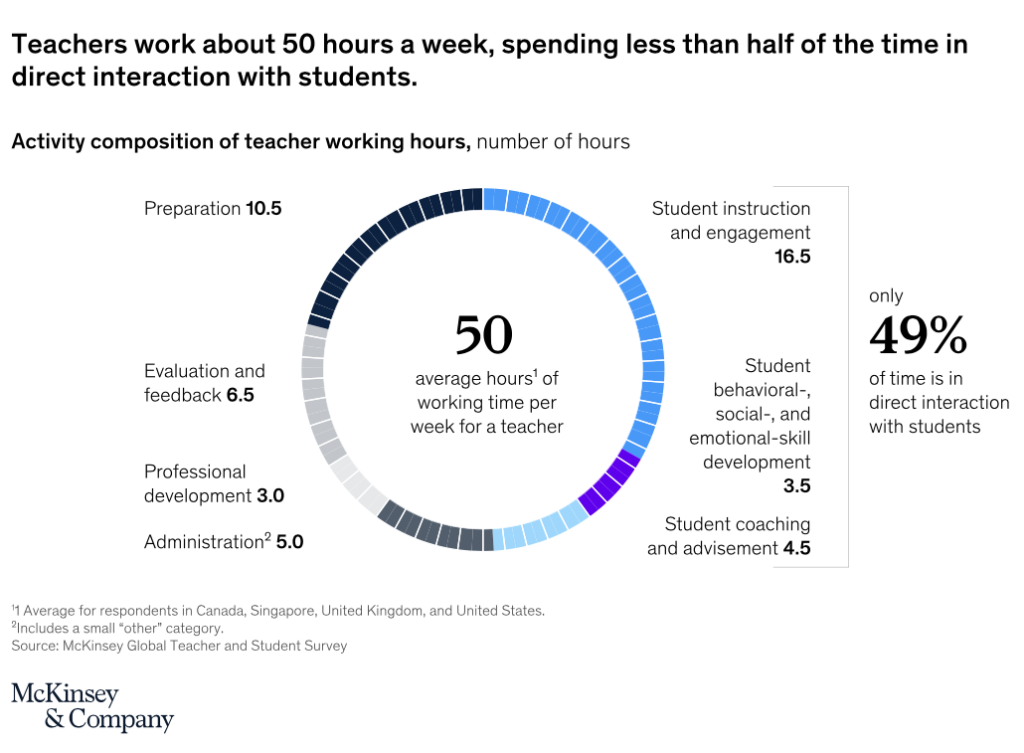

Picture Courtesy: The World Economic Forum
Case Studies: AI in Education
Artificial Intelligence (AI) has been adopted in various educational settings, creating tangible impacts. Here are five compelling case studies that illustrate how AI is transforming education globally:
1. Carnegie Learning: AI-Powered Math Tutoring


Picture Courtesy: blogspot.com
Overview: Carnegie Learning, a U.S.-based education company, developed an AI-driven tutoring system called MATHia. This platform uses machine learning algorithms to provide personalized math lessons.
Impact:
Improved student outcomes with an average increase of 30% in math proficiency.
Teachers could track real-time performance, enabling targeted interventions.
Success Stories: Schools using MATHia reported better engagement and reduced math anxiety among students.
2. Microsoft Immersive Reader: Accessibility for Diverse Learners


Picture Courtesy: binaryfork.com
Overview: Microsoft’s Immersive Reader is an AI-powered tool designed to support students with learning disabilities, such as dyslexia, by improving reading and comprehension skills.
Impact:
Features like text-to-speech, font customization, and translation made reading accessible to students in over 60 languages.
Increased inclusivity in classrooms, ensuring that all students could participate effectively.
Case Study: A school district in Colorado implemented Immersive Reader and saw a 40% improvement in literacy rates among struggling readers within a year.
3. Squirrel AI: Adaptive Learning in China
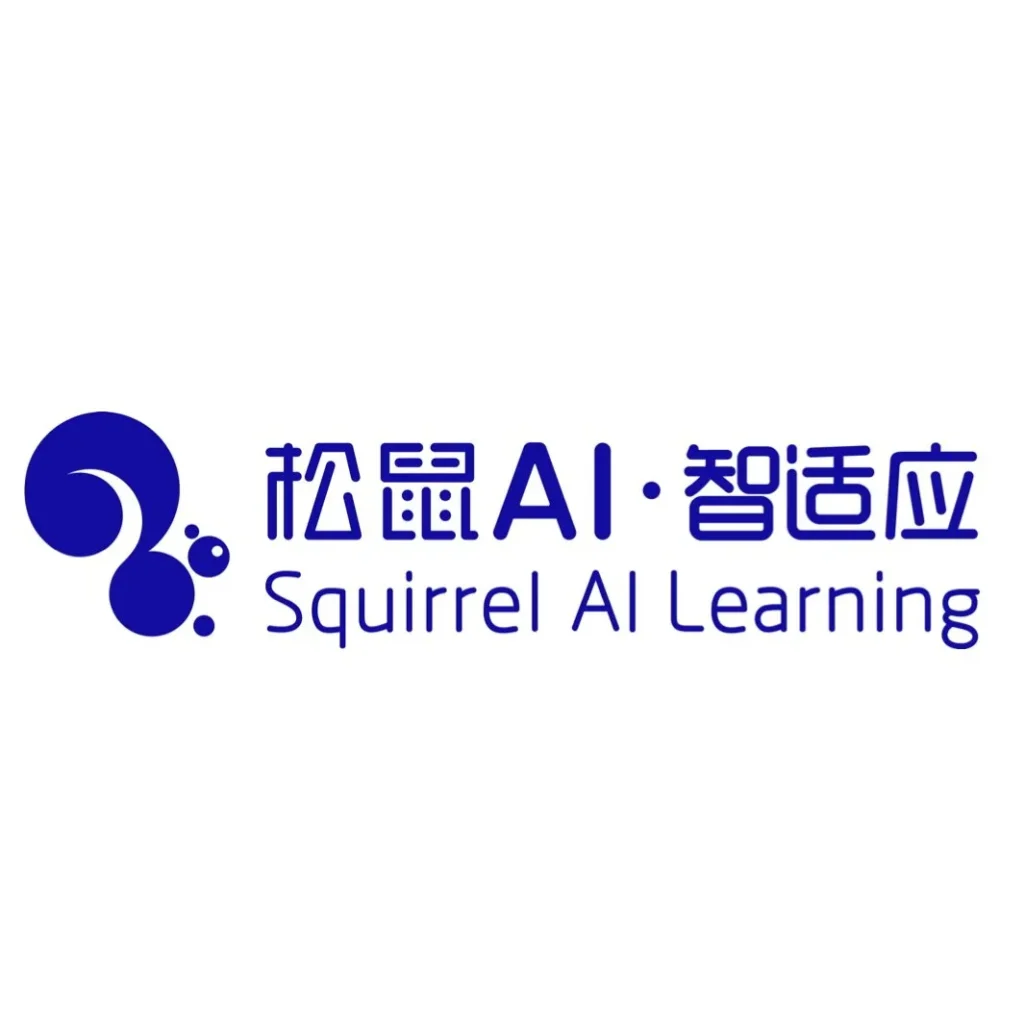

Picture Courtesy: siliconspectra.com
Overview: Squirrel AI, a Chinese ed-tech company, developed an AI-driven adaptive learning system to personalize student education across various subjects.
Impact:
The platform identified knowledge gaps and adjusted lessons to address individual needs.
Students who used Squirrel AI for just six months performed 30% better than their peers in traditional classrooms.
Reach: Over 2,600 learning centers in China now use Squirrel AI, making quality education accessible even in remote areas.
4. Duolingo: AI in Language Learning


Picture Courtesy: PC Magazine
Overview: The popular language-learning app Duolingo leverages AI to personalize lessons, track user progress, and optimize learning paths.
Impact:
The AI algorithm adapts exercises to match a learner’s proficiency, ensuring retention and progression.
With over 500 million users worldwide, Duolingo has made language learning accessible and engaging.
Case Study: In a controlled study, Duolingo users were found to achieve language proficiency equivalent to a semester of university-level coursework in 34 hours.
5. Third Space Learning: AI for One-on-One Tutoring
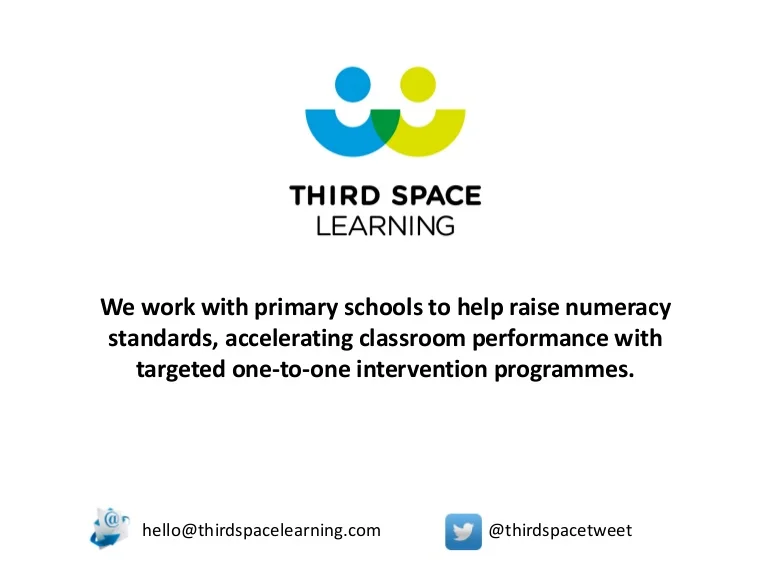

Picture Courtesy: SlideShare
Overview: UK-based Third Space Learning uses AI to provide affordable one-on-one math tutoring for primary school students.
Impact:
The AI analyzes student interactions during lessons to provide tutors with data-driven insights for tailored teaching.
Over 80,000 students have benefited from improved math skills, particularly in underprivileged communities.
Case Study: A London school district using the platform saw a 20% improvement in test scores among students receiving AI-assisted tutoring.
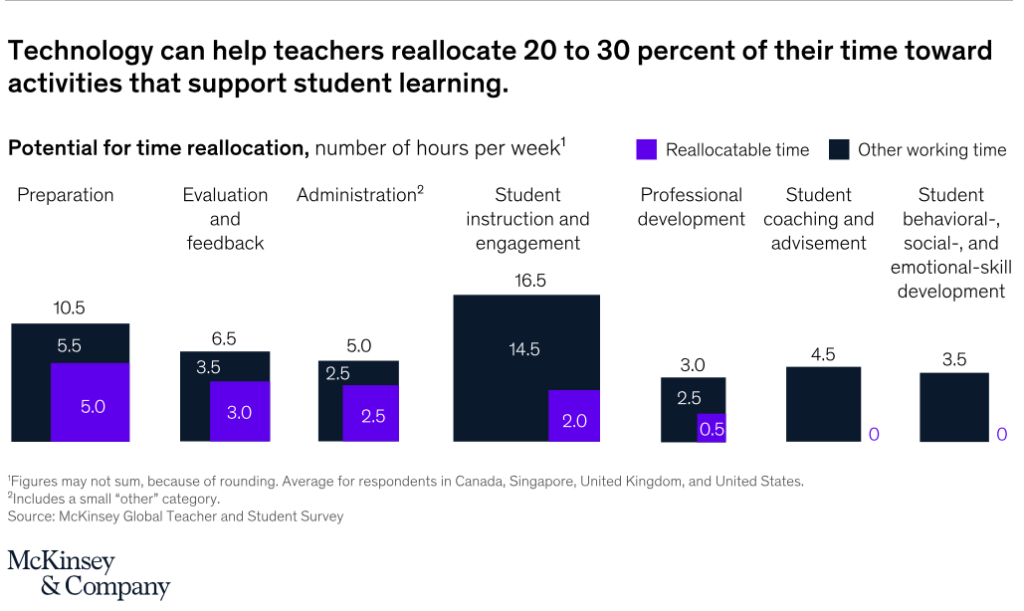

Picture Courtesy: The World Economic Forum
Challenges of AI in Education:
While Artificial Intelligence (AI) has immense potential to revolutionize education, it’s not without its challenges. Let’s explore the key challenges of AI in education and how they impact students, educators, and institutions.
1. Data Privacy and Security Concerns:
The AI system is established solely on data which can include sensitive information concerning student users. The security and privacy of such information must be ensured as breaches reveal personal information.
Solution: Stronger regulation, more robust encryption methods, and user-friendly policies regarding data usage mean a lot to protect users.
2. Bridging Digital Divide and Accessibility:
All students are not equipped with the necessary technology and internet connection to access AI tools. Students in urban areas enjoy the wide access that technology provides, and those who live in underprivileged parts have become left behind.
Solution: Investment in digital infrastructures and affordable access to devices is required to ensure inclusivity.
3. Over-Reliance on Technology:
AI tools are powerful, but it does not replace the emotional intelligence and relationship-building qualities of a human teacher. Being overly dependent on AI might lead to a loss of crucial soft skills that find their best nurturing in human interactions, including empathy and teamwork.
Solution: AI should supplement traditional modes of instruction for a balanced classroom experience.
4. Bias in AI Algorithms:
AI systems are good based on the data they are trained in; sometimes that data is biased. Biased AI algorithms lead to the unfair treatment of certain groups of students under such systems reinforcing stereotyping and inequality.
Solution: Ethical AI design and varied datasets used in training should come first for developers.
5. Resistance to Change:
Introducing AI into education often faces resistance from educators, students, and institutions. Teachers may feel overwhelmed by new technologies, and schools may lack the resources for implementation.
Solution: Comprehensive training programs for educators and phased integration of AI tools can help ease the transition.
The Future of AI in Education: A New Era of Learning
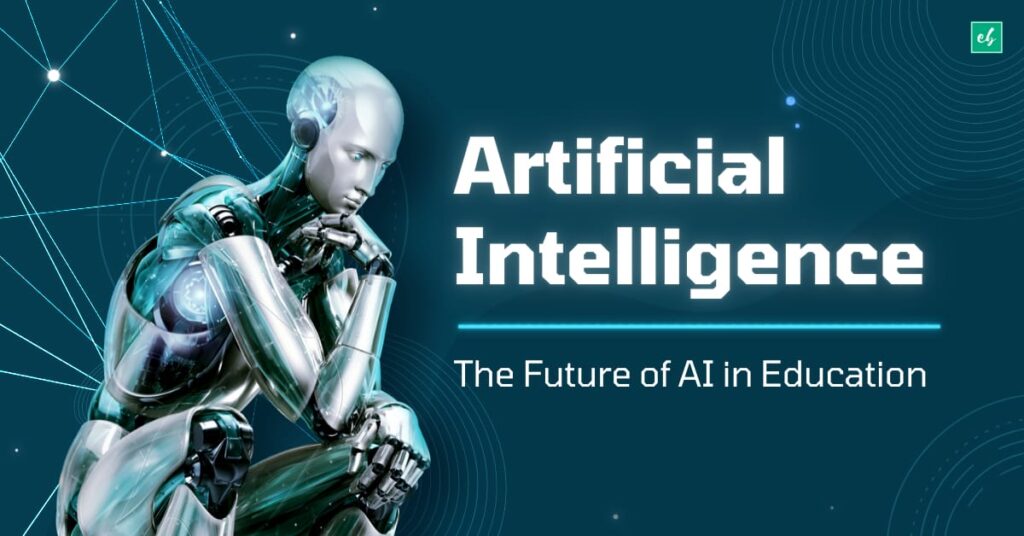

Picture Courtesy: fixbugtechnology.blogspot.com
Artificial Intelligence (AI) is poised to redefine education, offering unprecedented opportunities for personalization, accessibility, and innovation. As we move forward, the integration of AI in education promises to reshape traditional teaching methods, creating a more inclusive and efficient learning ecosystem. Let’s explore what the future holds for AI in education:
1. Personalized Learning at Scale:
AI provides hyper-personalized learning to every student by adjusting content and pace according to individual needs. It will further promote improved engagement and consequently better outcomes.
2. Virtual Classrooms and AI Tutors:
Virtual assistants and online tutors will provide personal assistance to students 24 hours a day, 7 days a week.
3. Global Accessibility:
AI will bridge the education gap by delivering quality resources to underserved areas, making learning accessible to students worldwide regardless of location or socio-economic status.
4. Enhancing Teacher Support:
AI assumes all the repetitive tasks in administration so that the teachers may get time to spend very productive time in teaching, creating an environment of creativity, collaboration, and better critical thinking skills in the students.
5. Immersive Learning Experiences:
AI will be integrated with virtual reality (VR) and augmented reality (AR) in creating simulations of immersive environments for learning practically in fields including science, engineering, and medicine.
AI in education is not just about replacing traditional methods but enhancing them. It’s about creating a collaborative environment where technology supports teachers and students alike. While challenges remain, the potential benefits of AI far outweigh the downsides.
What’s your take on AI in education? Are you excited about its potential, or do you have concerns? Are you ready to embrace this new era of learning? Let’s discuss this in the comments below!
And if you’re as excited about DeFi, blockchain, and the evolving Web3 universe as we are, join our community! Subscribe to our newsletter for the latest updates, trends, and insights—let’s navigate the world of Web3 together!










